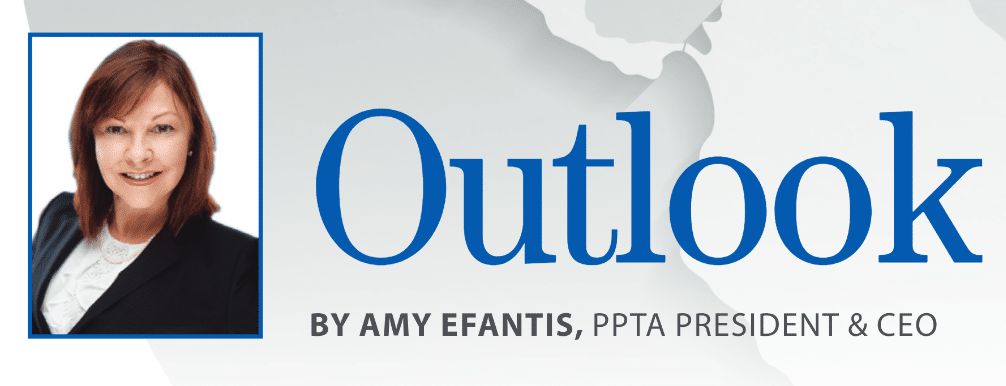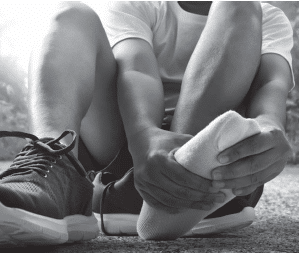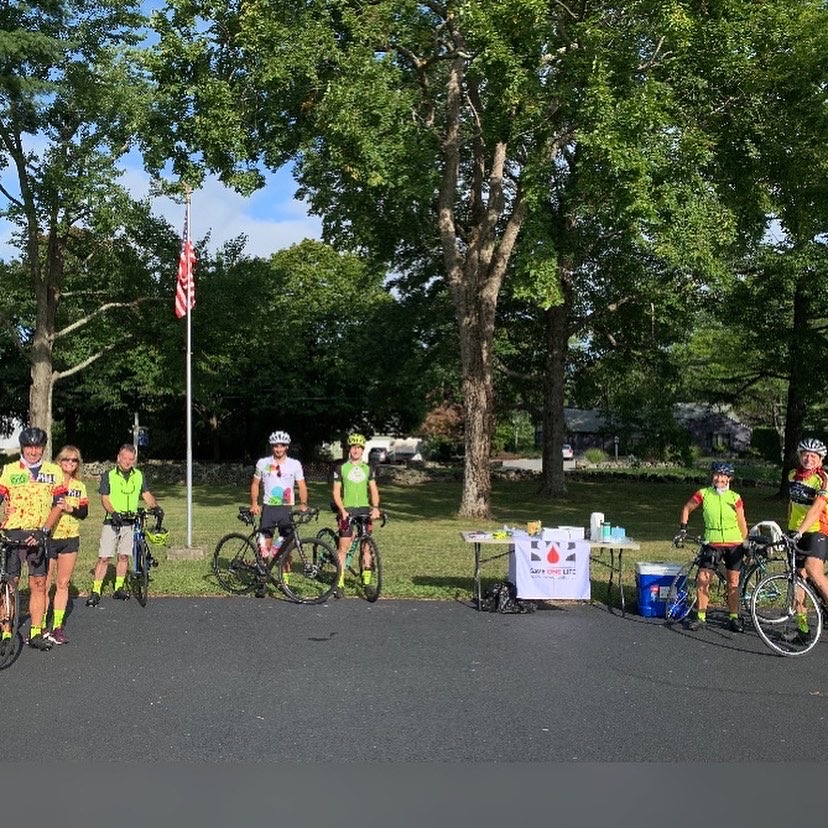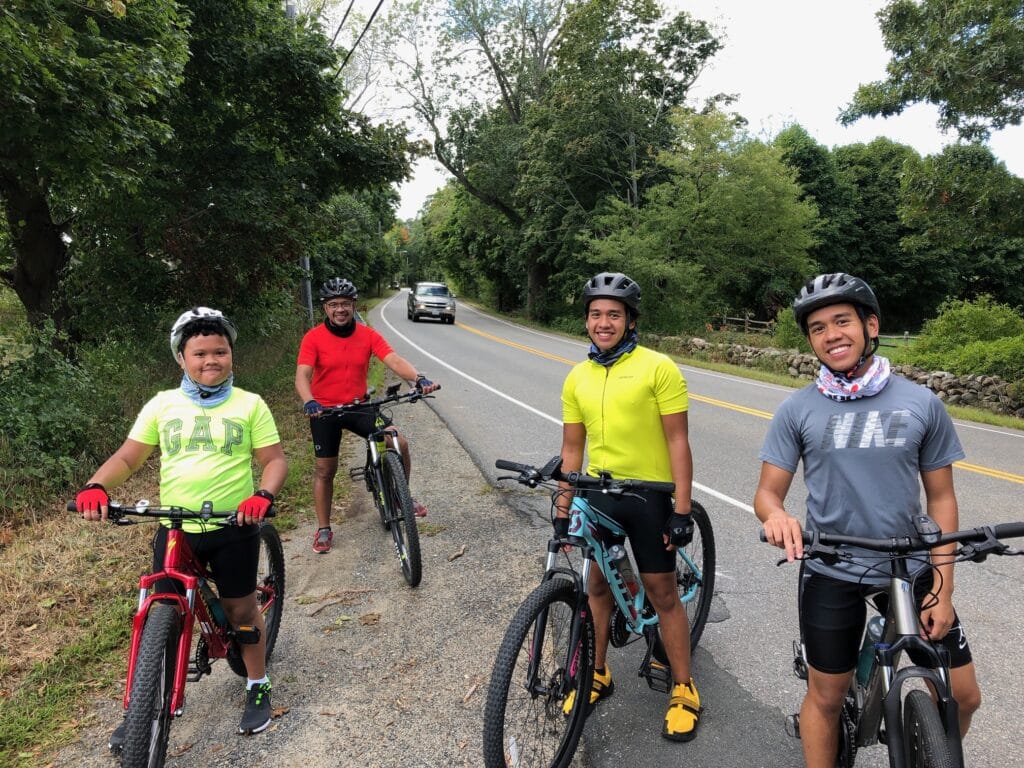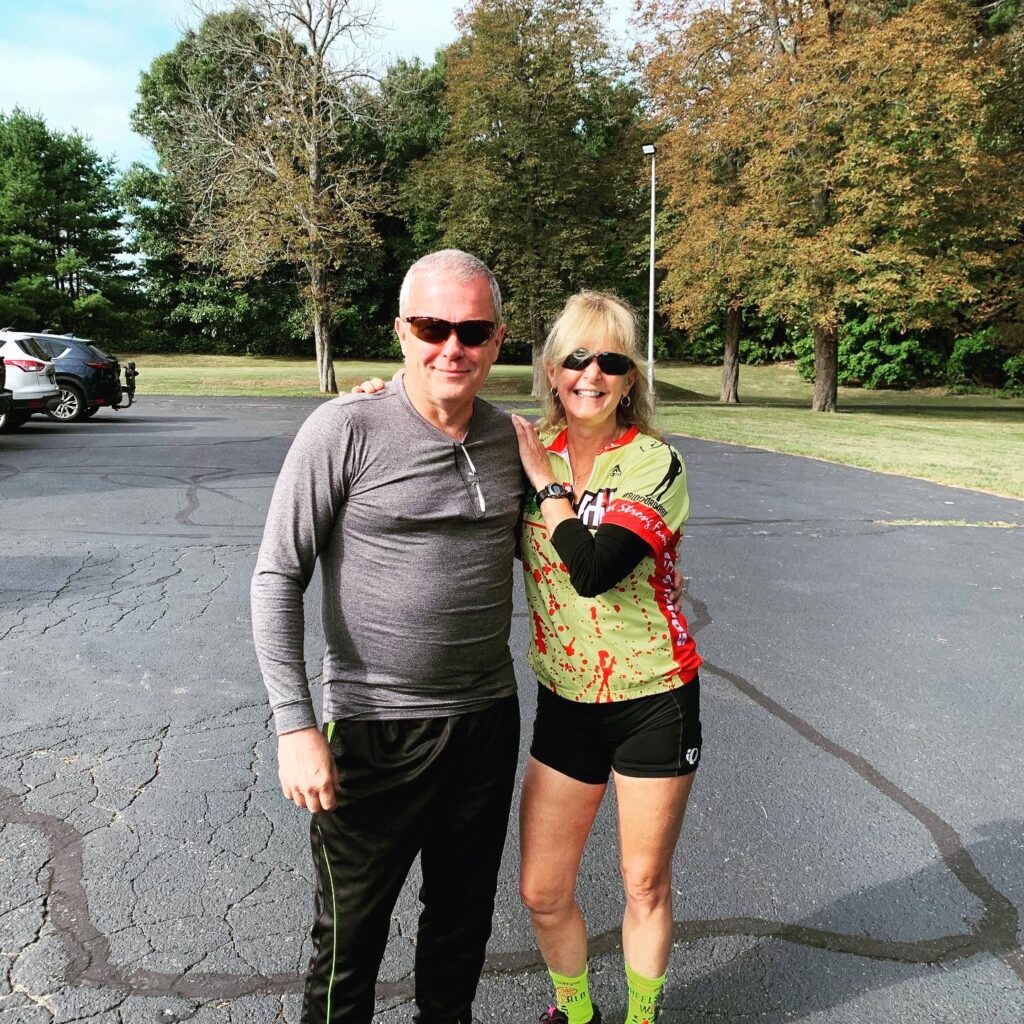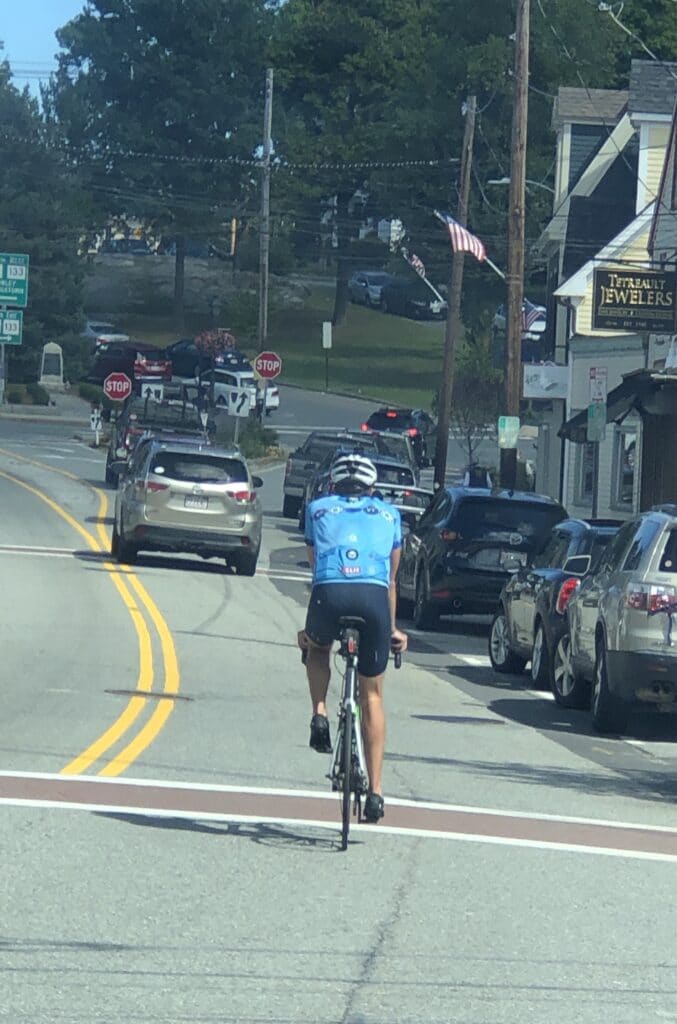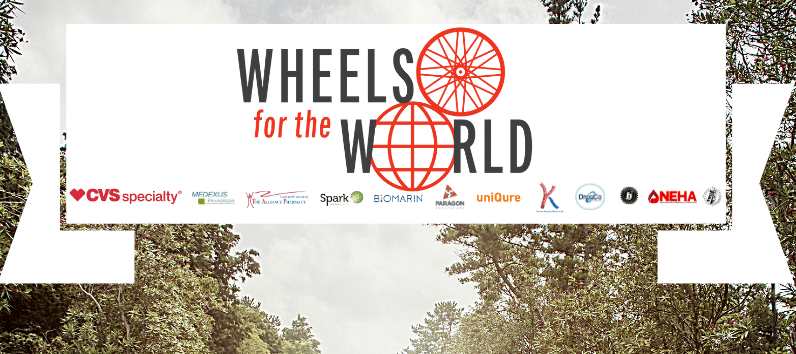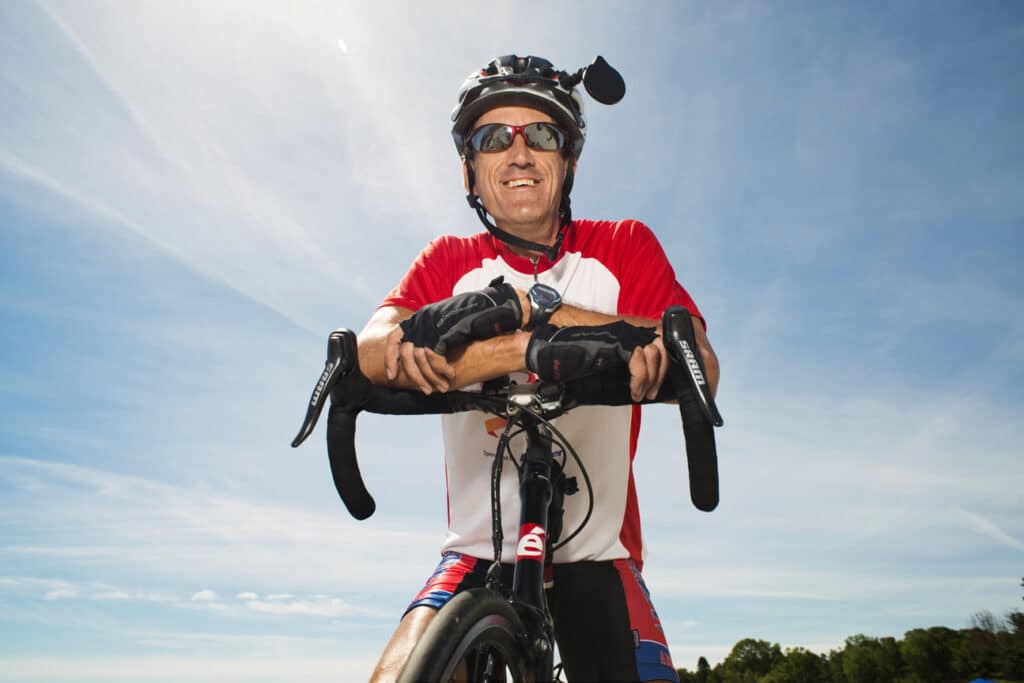Snakes and Hemophilia
Just in time for Halloween, our amazing archivist, Richard Atwood of North Carolina, has found another reference to hemophilia in an unlikely place—a novel about snakes. The Snake, by John Godey, published in 1978, is a novel about… a snake.
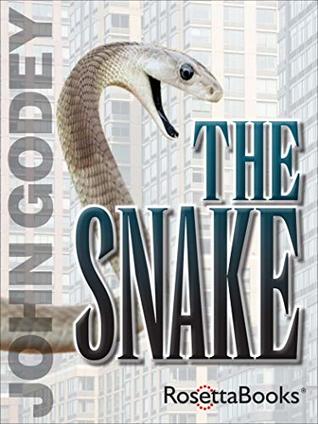
It’s called a black mamba, though olive-slate in color, extending 11 feet, 2 inches. The black mamba is the largest and deadliest poisonous snake in Africa. The snake arrives in New York City in a plywood box with a burlap lining and air holes.
A Greek bought the snake in Elizabethville, then lost it in a poker game in Maputo. Matt Olssen, a seaman returning from Africa to the States, wins the snake and wants to sell it to a zoo. After docking in Brooklyn, Olssen takes his snake-in-a-box and begins drinking. In Central Park late that September night during a stifling heat wave, a thug named Ramon Torres mugs, then shoots Olssen dead. The box breaks open and the snake bites Torres twice in his thigh. Torres dies that night at East Side Hospital.
The next evening Roddy Bamberger leaves his date at the outdoor Delacorte Theatre. Walking past Belvedere Lake, Bamberger steps on the snake and is bitten three times in his left thigh. Bamberger dies at East Side Hospital. With two deaths to solve, and the city in a panic, Captain Thomas Eastman of the NYPD is put in charge of finding the unidentified snake in Central Park – an area covering 840 acres, of which 150 is water. The Reverend Sanctus Milanese of the Church of Purification proclaims that the snake is Satan, or Satan’s messenger.
Captain Eastman recruits Mark Converse, a young herpetologist, to locate the snake. Jane Redpath, a graduate student, takes photographs in the menagerie at night. She is accompanied by her boyfriend, Jeff, a former football player at Columbia. Jeff is bitten on his forearm, and dies at East Side Hospital. The snake then bites Alvis Parkins, a 15-year-old boy, twice in the neck, but Alvis is run over by a car before he can reach a hospital. Fortuitously, Redpath took a photo of the snake, that can now be identified for the correct antivenin.
Later, the snake chases a rat into an apartment and bites a family from Trinidad: Webster McPeak, wife Emily, son Webster Junior, and daughter Charlene. Even with black mamba antivenin, Emily and Charlene die at West Side Hospital. On the twelfth day of the heat wave, Converse spots the snake sunning on a rock in the East Meadow, but a police helicopter scares the snake away. A follower of Reverend Milanese named Graham Black is also searching for the snake. Black is bitten on his right leg and receives the antivenin. The police fire Converse. Reverend Milanese organizes Operation Pillar of Fire to burn the snake out of Central Park. The snake escapes and bites a couple three times in the back of a taxi. Another Milanese disciple is bitten by the snake after it is beheaded.
But it’s not over yet… the snake leaves 13 eggs in her burrow in Central Park!
It’s interesting to note that on page 56 in the book, a television newscast shows the milking of a Russell’s viper’s venom at a Brazilian snake farm. The film is narrated: “Not all snake poison is malign. The venom being taken from this Russell’s viper will be used as a coagulant for persons suffering from hemophilia.”
Richard comments, “The simplest of fears can sometimes be the most terrifying. The possibility of a single snake terrorizing an entire city seems realistic. The snake bites 11 individuals, killing at least six, plus she has the opportunity to bite numerous other New Yorkers during her short stay in Central Park. The revelation that Russell’s viper venom has been used to treat hemophilia as a topical hemostyptic is correct. The novel, however, does not reveal that the product has been commercially available from Burroughs Wellcome and Company as Stypven, and from Boots as Rusven. A Russell’s viper venom dilution of 1:10,000 clots hemophilic blood in 17 seconds. The commercial product uses a 1:100,000 solution, while the venom is still active at 1:1,000,000,000.”
I’ve heard of transgenic animals that are milked to collect factor, but never milking a snake for its venom to clot blood! Since Halloween is cancelled most everywhere due to the pandemic, read a good scary book this Halloween!

